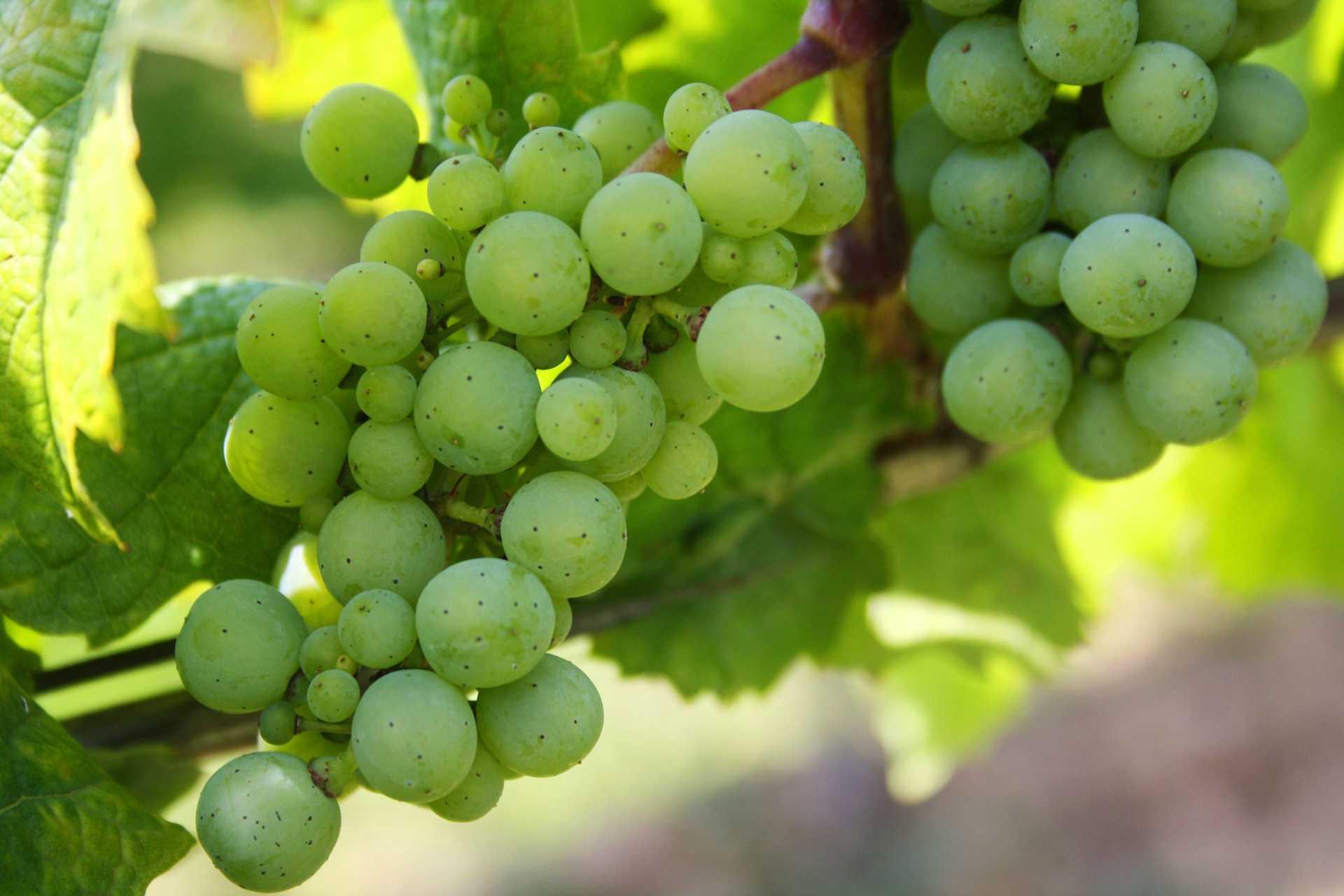A Mano Bianco 2015



Product Details
Your Rating
Somm Note
Winemaker Notes

Their indigenous head-trained vines are between 70 and 100 years old, planted on deep red alluvial soils. Mark works closely with local growers as a substitute to the local coop, and he is well respected locally by setting criteria and standards.

With hundreds of white grape varieties to choose from, winemakers have the freedom to create a virtually endless assortment of blended white wines. In many European regions, strict laws are in place determining the set of varieties that may be used in white wine blends, but in the New World, experimentation is permitted and encouraged. Blending can be utilized to enhance balance or create complexity, lending different layers of flavors and aromas. For example, a variety that creates a soft and full-bodied white wine blend, like Chardonnay, would do well combined with one that is more fragrant and naturally high in acidity. Sometimes small amounts of a particular variety are added to boost color or aromatics. Blending can take place before or after fermentation, with the latter, more popular option giving more control to the winemaker over the final qualities of the wine.

Well-suited to the production of concentrated, fruity and spicy red varieties, Puglia is one of Italy’s warmest, most southerly regions. Its entire eastern side is one long coastline bordering the Adriatic Sea. About half way down, the region becomes the Salento Peninsula. This peninsula, bordered by water on three sides, receives moist, nighttime, sea breezes that bring a welcome cooling effect to the region, where little rain creates a challenging environment for its vines. In fact, the region is named for the Italian expression, “a pluvia,” meaning “lack of rain.”
Puglia’s Mediterranean climate and iron-rich, calcareous soils support the indigenous Primitivo, Negroamaro and Nero di Troia. Primitivo produces an inky, spicy, brambly and ripe red wine whose best expression comes from Manduria. Nero di Troia produces tannic, rustic reds from Castel del Monte DOC while Negroamaro, typically blended with Malvasia nera, plays a large part in may blends made throughout the peninsula.
Puglia produces a small amount of white wines as well, predominantly made of the fruity, Trebbiano Toscano, or light, Bombino bianco grapes.